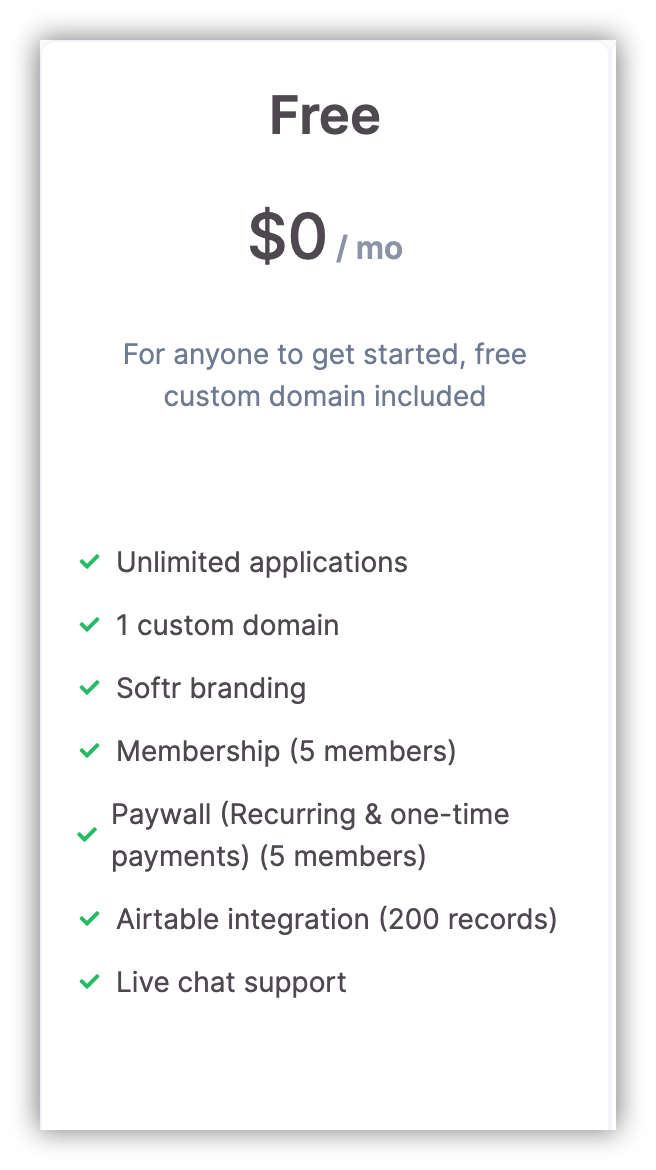
Interfaces Designer? Did they mean layouts? This is the newest feature of Airtable and is one of the no-code features that business users are drawn to. For a more focused and workflow-driven experience, look for an Interface. Getting around from base to base in a workspace is nothing more than clicking on the correct tab, aka “base.” When displayed, a base can have multiple views, allowing a developer to configure a custom view of the data in tabular format. The underlying reason for this quirky choice is that this is the field used for referencing the table, and “under the hood,” the field has an ID the user only sees the value. For example, I must expose the primary key on the screen, and it is always the leftmost column. But again, there are limits to what a user can do. I was able to use functions right away, and there were several pre-defined data types.

This is where a developer’s skill with JavaScript can boost the power of an application with a limited number of extensions and /or automations. It’s a linked list.Īirtable also has the concept of Interfaces, but they are not configurable beyond the small set of pre-defined elements. Don’t mistake this for a fully relational database, though. Bases are siloed from each other but can be linked using a single key field. You can only have 50,000 rows of data per base. First and most important is the limitations encountered. My baseline for business application building comes from decades in the FileMaker world, which made my transition into Airtable frustrating. So Airtable’s low price as a competitive advantage seems great at the beginning, but that is not the case when you need more powerful scripting and automation. I kept going back to my experiences with other platforms, such as FileMaker, and I was disappointed to find that the real power of Airtable is only available with higher-cost subscriptions.
Airtable pro plan pricing for free#
The lower-cost plans are limited to what you can get for free with Google Sheets. It seems that Airtable has a subscription model that “encourages” most users to choose the Pro plan to get the typical usability of a productivity application. This took some research because I was not accustomed to the concept of tiered pricing for common features. Choosing the Right Airtable SubscriptionĪfter signing up, my first hurdle with Airtable was choosing the right subscription plan. Its most promising feature is a public REST API that allows access to the underlying data stored in a ‘base.’ The Airtable toolset is evolving at a rapid pace. Interfaces for form data entry were later added along with the ability to integrate with other external platforms, and as of November 2021, an interface designer was available. Airtable differentiates itself from a typical spreadsheet with database-like features such as linked tables and pre-defined data types for fields. Airtable was officially released in early 2015 as a simple way to manage data using spreadsheets and views on a cloud-based platform.

The most recognizable brand on this list is Airtable, so what does Airtable offer? Is it more accessible and productive than its predecessors like Google Sheets or Microsoft 365 – Excel? I decided to explore this idea by subscribing to Airtable’s Pro plan to learn a new way of creating a collaborative workspace and business application. I have selected Airtable as a candidate platform to explore and discuss what it is like creating on this new platform.īusiness owners and fast-moving IT departments are quickly adopting “low-code” collaboration platforms such as Airtable, Podio, Knack, and others. Low-code is disruptive and is perfect for smaller organizations with small IT budgets. I mention this now because it is key to explaining an ongoing tsunami in business technology and relates to my job as a consultant who provides clients with practical alternatives to solve business problems with minimal disruption to their operations. A current “buzz” word in business innovation is “low-code” and, in some circles, “no-code.” This trend is simply a desire to move the creative process of application development and problem-solving back to the business user, who, in most cases, will be the subject matter expert.


 0 kommentar(er)
0 kommentar(er)
